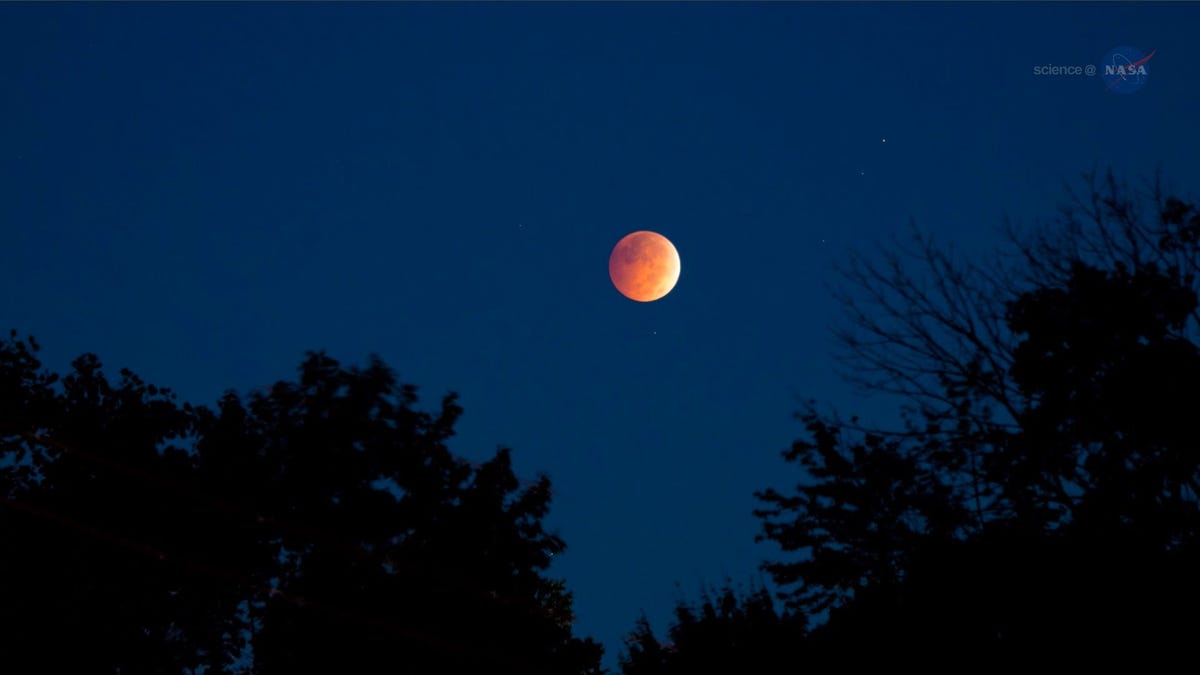A short guide to the harvest moon lunar eclipse
The moon might appear bigger and brighter across much of the world Friday night, until the shadow of Earth itself tries to put it back in its place.

Friday night is going to be great for sky watching no matter where you are. The full "harvest" moon will light things up, except for those few moments when Earth blocks it out during a penumbral lunar eclipse over much of the world.
You may not be too familiar with the harvest moon concept because, like me, you do most of your "harvesting" via Amazon and the local convenience store. The phrase simply refers to the full moon nearest the start of the autumnal equinox, which is traditionally when farmers did most of their harvesting in the Northern Hemisphere.
But the harvest moon isn't just named for the time of year when it happens, there is something special about it. It's also the time of year when the difference between the time of the moonrise from one night to the next is at a yearly minimum. In other words, most nights the moon rises an average of 50 minutes later than it did the day before, but around this time of year that difference is only 30 minutes.
According to NASA, this can make it seem as if there is a full moon for several nights in a row. Because all this extra light it provided in the early evenings was helpful for harvest crews working long days, it became known as the harvest moon.
You might think of the harvest moon as being bigger and brighter than other full moons. That's likely because we get to see it rise over the horizon in the early evening when more of us are still out and about. This makes our satellite appear bigger because of something called the "moon illusion" that's been the subject of scientific research. You can learn more about it in NASA's attempt at an explanation here.
But this year, in addition to that big ol' harvest moon on the horizon, sky gazers in much of the Eastern hemisphere may be able to see something a little extra special when the same moon is briefly darkened as it passes through what's called the Earth's penumbral shadow.
The darkest moment or height of the eclipse will take place at 11:54 a.m. PT (18:54 GMT), meaning it won't be visible from most parts of South and North America, but Eastern Europe and Central Asia will have a good shot at it.
Don't expect the moon to totally disappear from the sky; this is more of a minor-league eclipse, but if you look closely with binoculars or a telescope, you should be able to see a darkening creeping across the moon's disc.
Even if you're in the part of the world that won't be able to see the harvest moon eclipse, you can still follow along online via the Slooh observatory's live stream below.

